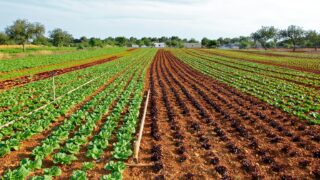In Italy, the agricultural sector has undergone notable shifts due to economic factors and climate challenges. Prices for crops like grains, fruits, vegetables, and olive oil have seen volatility, influenced by global supply chain disruptions and local climate events. For example, Italy has faced droughts that affected its grain production, driving up prices. The Mediterranean region’s agricultural balance is also shifting as demand for sustainable farming practices grows, which impacts both price and quantity.The Italian government’s CAP (Common Agricultural Policy) strategy focuses on making agriculture more competitive and environmentally sustainable, which includes transitioning to less resource-intensive farming practices. These initiatives aim to mitigate the effects of climate change, reduce labor exploitation, and support rural developmentIFSA 2024AGRICULTURE AND RURAL DEVELOPMENT.2/2
 Italy
Italy [Italy] Latest data and top graphs on production volume of leafy stems and fruit vegetables
Abstract In Italy, vegetable production has seen notable trends, with lettuce consistently leading in production, reachi...
 Italy
Italy Italy’s Wheat Production: Key Role in Grain Exports and Consumption
Italy's wheat production reached 6.61 million tons in 2022, crucial for food, animal feed, and exports to Europe and North Africa.